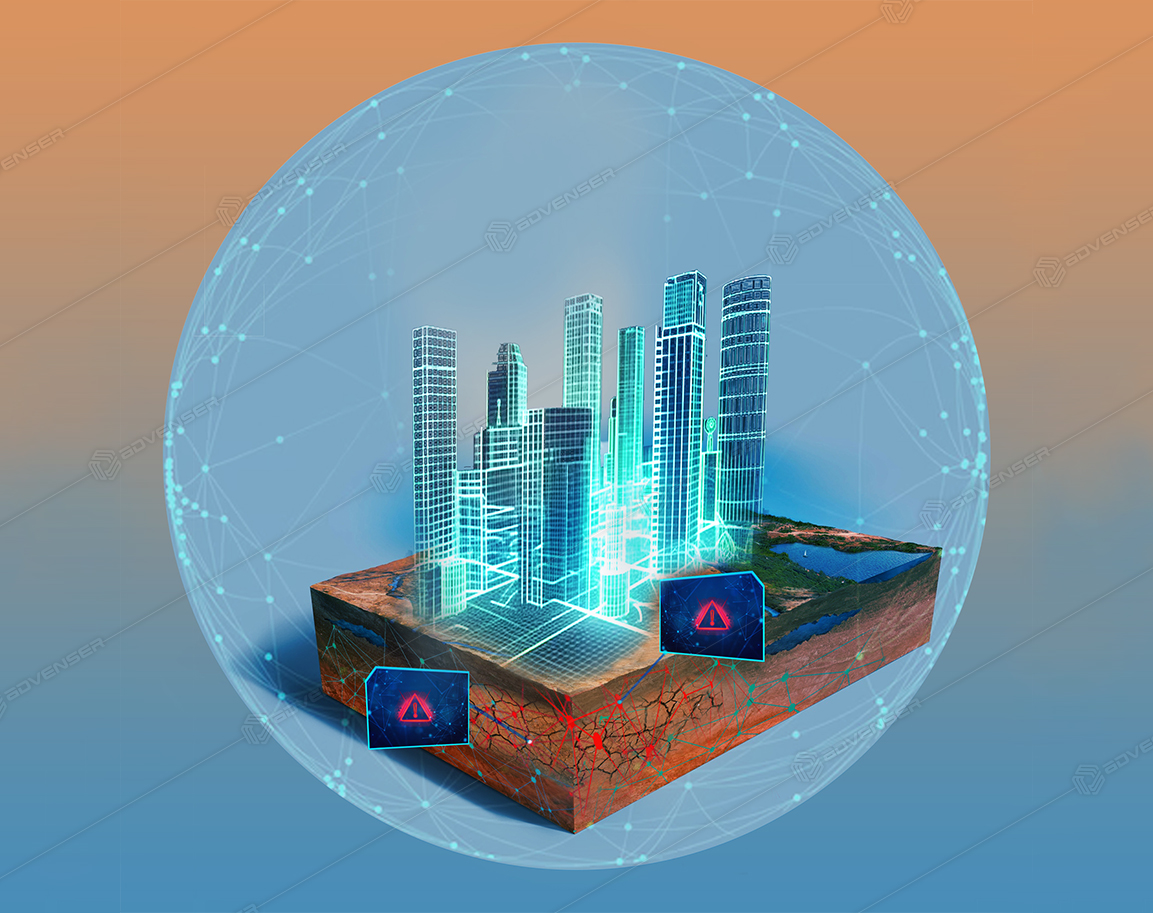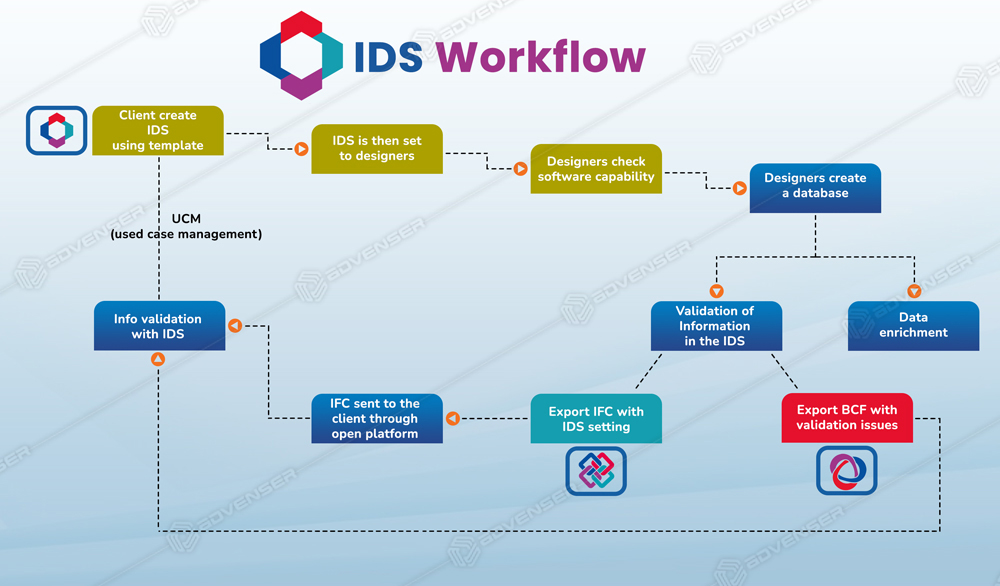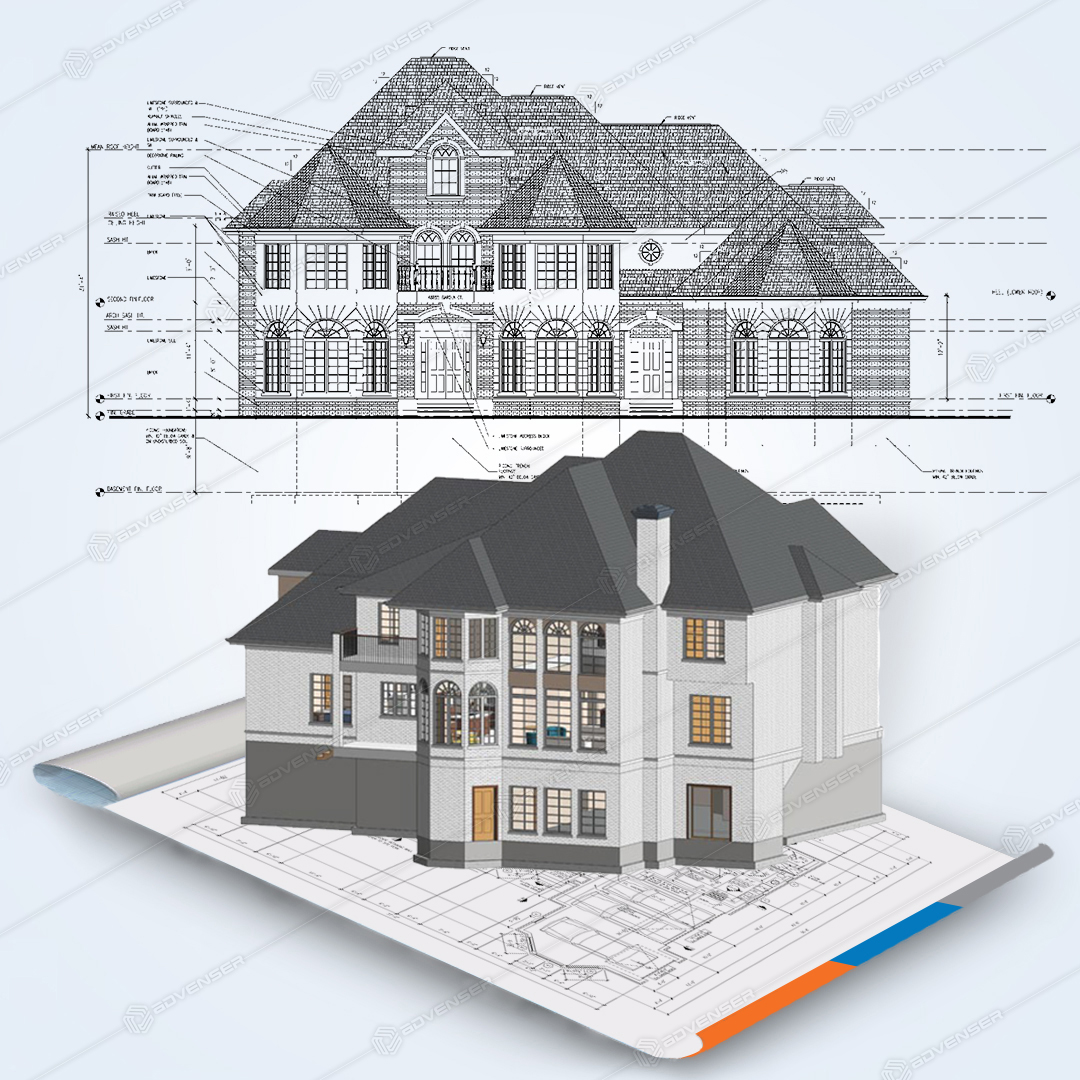How BIM Can Help Reduce Carbon Emissions and Create a Sustainable Future

In our ever-changing world, technologies are making a big impact on the construction industry. Construction is a significant contributor to carbon emissions, mainly due to the production of building materials, energy use during construction and operation, and waste generation. As global temperatures continue to rise and the world is increasingly facing environmental challenges, it is essential that we look for ways to reduce our carbon footprints. Sustainable infrastructure is essential for reducing carbon footprints and creating a greener future.
One way of doing so effectively can be through using BIM-based modern construction technologies. Building Information Modeling (BIM) can play a significant role in improving environmental performance in the construction industry. BIM can be used to design and construct buildings that are more energy-efficient, sustainable, and environmentally friendly. In this blog post, we’ll look at how we can leverage these technologies to reduce carbon footprint and make construction projects more sustainable reducing their environmental impact.
BIM-based construction technologies can provide great benefits for any construction project, from increased safety to improved tracking of timelines and cost savings. Not only do these technologies guarantee a better building process but they also help reduce Carbon footprints. Sounds fascinating ..right??
Building Information Modeling (BIM) can help to reduce these carbon emissions in several ways. Some of them are listed below:
Energy Simulation
BIM can be used to perform energy simulations, which can help to optimize building design for energy efficiency. BIM models can be used to analyze the building’s energy consumption, predict its performance, and identify areas for improvement. This can help to reduce energy consumption during the operation of the building, thereby reducing its carbon footprint.
Life Cycle Assessment
BIM can be used to integrate Life Cycle Assessment (LCA) data into the design and construction process. This allows for the assessment of the environmental impact of a building over its entire life cycle, including the production of building materials, energy consumption during construction and operation, and waste generation.
Sustainable Materials Selection
BIM can be used to analyze the environmental impact of building materials and systems, allowing for the selection of more sustainable options. This can help to reduce the carbon footprint associated with the production and transportation of building materials.
Pre-fabrication
Utilizing prefabricated components over traditional materials results in considerable benefits like longer lifespan due to integrated quality control processes done offsite at the factory level versus manual labor force final inspection in the field which contribute immensely towards sustainable development.
Water Management
BIM can be used to optimize water management systems in a building, reducing water usage and improving the sustainability of the building.
Indoor Environmental Quality
BIM can be used to optimize indoor environmental quality, improving air quality, lighting, and acoustics. This can improve the health and well-being of building occupants and reduce the carbon footprint of a building.
Collaboration and Communication
BIM allows for improved collaboration and communication among all project stakeholders, enabling the identification and resolution of potential environmental problems early in the design process through AR & VR. This can help to reduce the carbon footprint of a building by addressing issues before they become major problems.
The advantages of BIM-based construction for reducing Carbon footprints:
BIM can help reduce carbon emissions, as it reduces the amount of energy needed to create and operate buildings. This process also reduces waste by creating designs that are more efficient and use resources more effectively.
In conclusion, leveraging BIM and modern construction technologies to reduce your carbon footprint is a great way to ensure that your projects are more sustainable and environmentally friendly. BIM has the potential to play a significant role in improving the environmental performance of the construction industry. Building Information Modeling (BIM) allows you to design a building more efficiently and accurately, reducing waste materials, energy consumption, and other costs associated with a construction project. Additionally, modern construction technologies can also help manage the process more efficiently and deplete the environmental impact of the project. A modern approach towards reducing one’s Carbon footprint begins within the built environment, & utilizing Building Information Modelling (BIM)- based Digital Strategies along with advanced materials(sustainable sources, recyclable, or having low embodied energy) are key players in executing this task effectively by bringing in various benefits thereby enabling to achieve the targets of significantly reducing global greenhouse gas emissions and ultimately leading towards a net zero environment!
Following these tips will facilitate you reduce your carbon footprint and build a more sustainable future for the coming generations.







